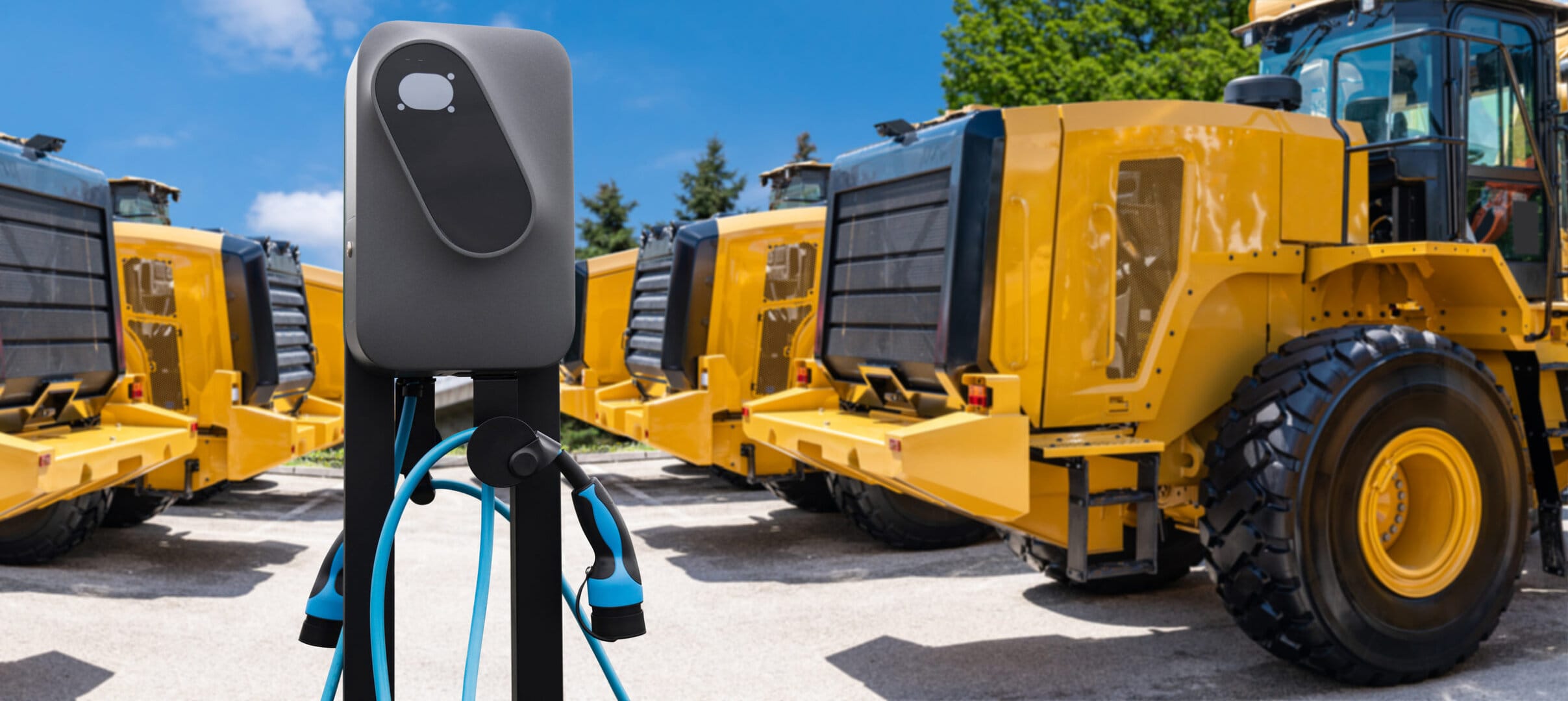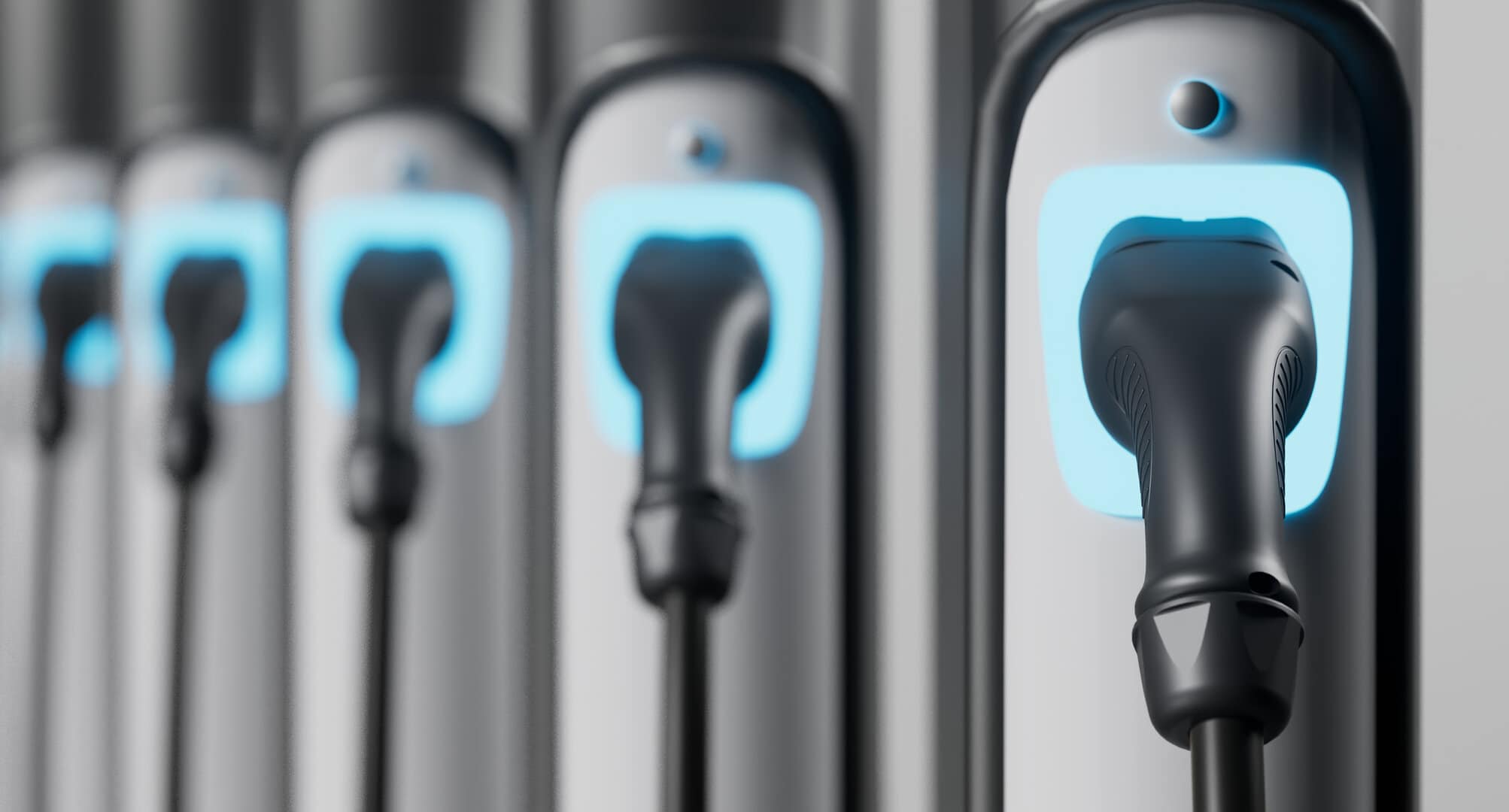By Alastair Hayfield, Interact Analysis

One of the questions I often get asked as an analyst is “who is the Tesla of the construction equipment market?” Leaving aside the sloppy notion that Tesla is the only innovative company, I think what is meant is “who might disrupt the construction equipment market in such a way as to gain significant market share, using technology and a change in business model to do so?”
Every industry faces the challenges of emissions reduction, supply chain bottlenecks, and labor shortages. These challenges present an opportunity for companies to disrupt the status quo by offering a new solution or new ways of approaching the problem.
The construction industry has typically been slow to evolve. This isn’t meant to be a criticism; rather, the industry has thrived with long-established machines, processes, and solutions that ‘get the job done right and on time.’ There is little time for companies and technologies that aren’t reliable or don’t provide significant value.
Certain parts of the construction market have challenges that a new approach could solve. End users (construction companies) typically have low margins and suffer from skilled labor shortages and pressures to be more environmentally sustainable. In comparison, those companies that manufacture or sell construction equipment typically have higher margins and generally make sizeable profits through service and aftermarket parts.

My Suggested Plan of Action to Revolutionize Construction Equipment
If I had to draw up a plan to disrupt the construction equipment market, this is what I would do:
- I would target the development of an all-electric fleet.
- These machines would be purposely designed to be electric from the start and would focus on maximum efficiency in hydraulics, other components, and machine material choice. This would also make the machines less expensive to operate.
- I would design the battery packs to be a standardized size that could be scaled based on machine size. I would also consider how these packs could be used in battery swapping and how they could be pushed into second-life applications – such as mobile charging stations – at the end of life.
- Machines would be fully connected, permitting remote updates and access to operational data, performance information, etc. This would enable predictive maintenance and allow me to iterate future machines to have the right battery size for certain tasks. It would also enable me to manage the performance of all battery packs across machines and replace/move them based on performance.
- Alongside electric machines, I would aggressively develop mobile charging solutions – battery packs, trailer batteries, and battery shipping containers – so that end-users would be able to operate machines in as similar a way to internal combustion engine (ICE) machines as possible, particularly if site power is not available.
- Since my machines will be electric and, in some instances, fluidless, they will be much cheaper to maintain and service. This would reduce costs for both myself and end users and also improve the operational availability of machines.
- I would probably want a sizeable initial fleet – 5,000 machines, say – since this would enable me to offer a service to many customers and would also give me the benefit of scale purchasing, reducing the cost of sourcing electric machines.
- I would negotiate a low-cost electricity rate with a utility, possibly through a partnership, to recharge batteries and provide users with a rate for their sites if they use my equipment.
- Initially, I would target a geography or major city focusing on decarbonization, ideally with a slant on construction equipment. California, Norway, the Netherlands, and the UK might be good prospects.
- I would probably also want to target those end users with a profitability problem AND a sustainability drive. Large civils or housebuilders could be good prospects.
- I would want to target end users directly. There would need to be a support network to do this, and getting machines to end users would be key. However, a direct-to-consumer model would reduce my overheads significantly (no dealer network to develop) and mean that I could minimize my costs.
- As for my business model, I might opt to charge end users based on energy usage only for the length of fixed contracts. Since electric machines are significantly cheaper to run than ICE equivalents, I could offer a daily or weekly rate that includes machines and chargers and is much lower than my competition while maintaining a sizeable profit margin. I would probably build in a sliding fee for extensions beyond the original contract. It would incentivize end users to be as efficient as possible since it would cost them less and motivate them to finish projects on time. This would also help me to maximize machine utilization.
- A lower cost would help construction firms to boost their margins, and the use of all-electric machinery would be a significant lever in reducing Scope 1 greenhouse gas emissions.
- Over time, I would rigorously enhance the performance of my fleet using telematics data and look for ways to enhance product availability, utilization, and machine health.
Is all this fantasy? Maybe. But elements of the points listed here are already in use or being examined by the construction equipment market. It won’t be long before a start-up or brave major looks to disrupt the norm to solve the problems we see today.

Alastair Hayfield has over 15 years of experience leading research activities in scaled, high-growth industrial and technology markets. As Senior Research Director of the Interact Analysis Commercial Vehicles Division, he’s responsible for cutting-edge research on electric trucks and buses, autonomous trucks, and off-highway electrification.
For more articles and insight into the construction equipment market, visit https://interactanalysis.com/insights or contact the Senior Research Director at Alastair Hayfield.
If you’re interested in Off-Highway research, download their brochures:
Off-Highway Vehicles 2022
Off-Highway Powertrain 2023
Ready to Revolutionize the Construction Industry? Join CURT Today!
As we conclude this insightful journey into the world of capital assets and construction excellence, we invite you to take action and be a part of the transformation. CURT.org stands as a beacon for owners who strive to make the most of their capital investments.
Join CURT now to:
- Gain Aggressive Leadership: Be at the forefront of business discussions that shape the future of capital assets creation.
- Embrace Global Impact: Speak collectively for owners worldwide, influencing contractor and engineering matters.
- Unlock Unparalleled Resources: Tap into our extensive network and resources for driving continuous industry improvement.
- Your participation can catalyze change and drive innovation across the construction landscape. Together, we can create a more efficient, productive, and sustainable future.
Visit CURT.org today and become a catalyst for industry-wide progress. Let’s turn your capital dollars into transformative results!
